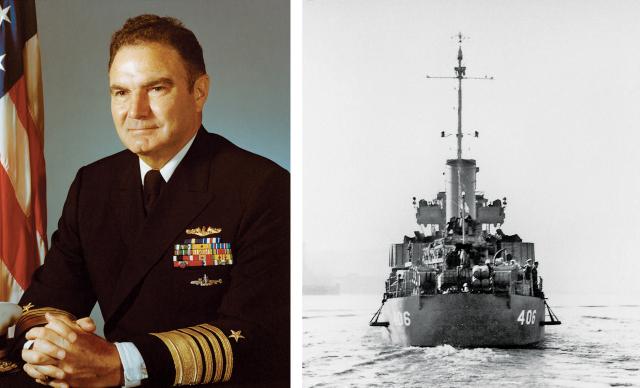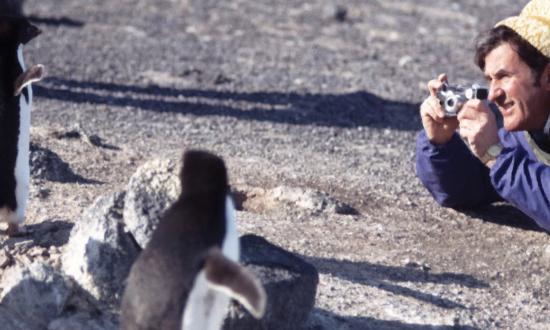Eighty years ago, the U.S. Navy won a victory at the 6–7 August 1943 Battle of Vella Gulf, notable as the first engagement in which U.S. destroyers operated independently from a cruiser force in the Pacific war. In his U.S. Naval Institute oral history, Admiral Shear gives a vivid firsthand account of the battle that the U.S. Naval Institute Proceedings described in 1945 as “one of the most nicely executed and decisive victories of the war”:
Things were pretty well solidified in Tulagi and Guadalcanal, but there were still raids coming down from the upper Solomons. So we got involved running up and down the Slot [New Georgia Sound] on a regular basis. That became sort of a historic thing down there, running up and down the Slot.
But things got better, and the principal action that I was involved with down there was the Battle of Vella Gulf. We left Purvis Bay, where we were topped off with fuel, right beside Tulagi, and barreled up there with Moosbrugger [Commander Frederick Moosbrugger, Commander Destroyer Division 12, embarked in the USS Dunlap (DD-384)]. Moosbrugger was the commodore. We had three ships from our division: the Stack [DD-406; see “The Luck o’ the Wasp,” pp. 42–47], Lang [DD-399], and Sterett [DD-407]. Moosbrugger had a division of three ships, and we went up there. He was in the lead. We went up south of the island chain, went through Blackett Strait. If you’ve read your history, you know we were worried about Blackett Strait.
We went into Vella Gulf expecting those people to show up around midnight, 1 or 2 o’clock, and they did. By that time we had fairly decent radar, so we tracked them and took them under attack, first with torpedo attack, and got hits. Then we finished them off with gunfire, and we sank three or four destroyers that night. Some alleged we sank a cruiser, but I never saw any firm evidence that we sank a cruiser. But I can tell you, our division commander was a pretty roughshod guy, but a very competent destroyer man. He was Commander Rodger W. Simpson, who later got in trouble at the end of the war in San Francisco, but that’s a different story. Moosbrugger was the task group commander in the lead division.
That was a classic night. I don’t know whether we got every ship, or whether one or two turned around and got back. [The Japanese lost the destroyers Arashi, Hagikaze, and Kawakaze. The damaged Shigure escaped.] It was a great victory. We headed for Tulagi at full speed. About the time of sunup we got some air cover up, and it just so happened that no Japanese planes came down that night. But that was a helluva night—and a highly successful night.
During the gun and torpedo phase of it, I knew, of course, whenever we fired a torpedo, because they were right beside the forward damage control center—my battle station. We had eight torpedoes, four port and four starboard. They were controlled from the bridge and fired from the bridge with the torpedo director up there.
After torpedoing, we’d finish them off with gunfire. We let go a number of salvos fore and aft. You don’t worry about killing people. I was worried about the ship being hit, and I was worried about my people. But we caught the enemy by complete surprise—absolute, complete surprise. I don’t think any of us were fired at. They were hit, and it must have been a total shock to them.
I don’t recall any particular emotion except exultation later on. We got back, running back down the Slot and getting back there in Purvis Bay and Tulagi. God, we thought we were on top of the world. And we were. We’d had a great victory. We were red-hot destroyer men; we knew what the hell we were doing. It was a great victory—first time that we really had a complete victory of that kind that I’d been involved in. It was one of the first times that destroyers were used exactly what they were built for—as an offensive weapon.
That was a hell of an experience for me. Boy, you grow up fast. You get experience in a situation like that that you wouldn’t get in 20 years normally.







